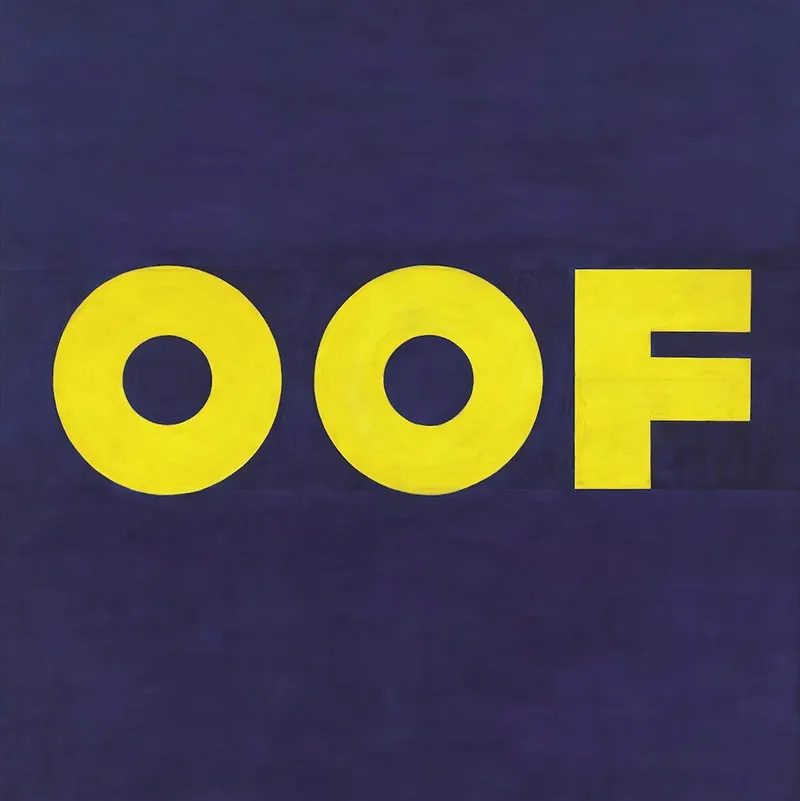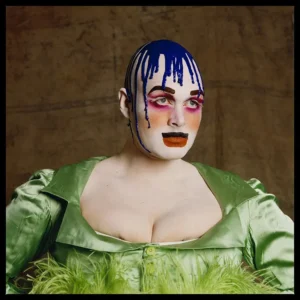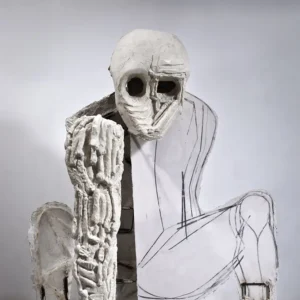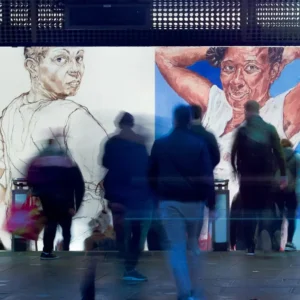The exhibition Ed Ruscha / Now Then at the Museum of Modern Art in New York showcases Ruscha’s transformative journey in the realm of American art, as he explores diverse mediums and maintains his timeless artistic temperament.
With over 200 pieces, including elegantly crafted paintings, drawings, prints, artist’s books, films, and installations, the exhibition is a comprehensive exploration of an artist whose subversion remains as relevant today as it was in the past.
Born in Omaha in 1937, Ruscha moved to Oklahoma at an early age and later ventured to Los Angeles in 1956. There, he immersed himself in commercial art classes at the Chouinard Art Institute, working various odd jobs to sustain himself. His early experiences left an indelible mark on his art, evident throughout this retrospective.
In 1961, Ed Ruscha found himself in the sprawling Governor Clinton Hotel in New York, waiting for his departure to Europe alongside his mother and younger brother, Paul. At just 23 years old, Ruscha sketched an idea on hotel stationery, which eventually became the foundation for his iconic painting of the 20th Century Fox trademark.
Ruscha’s breakthrough into the art scene occurred with his inclusion in the Pasadena Art Museum’s “New Painting of Common Objects” in 1962 and his first solo show at Ferus Gallery in 1963, featuring striking works like “Trademark with Eight Spotlights” and the iconic “OOF.”
Ruscha’s artistic journey continued with his creation of “artist’s books,” starting with “Twentysix Gasoline Stations.” These publications featured minimally captioned black-and-white photographs of gasoline stations and other mundane subjects, characterized by Ruscha’s unique “real estate dumb” style.
His artistic evolution extended beyond these books, culminating in expansive word paintings like “Friction and Wear” (1983) and “Pay Nothing Until April” (2003), which captivate viewers with their visual appeal and playful essence.
As the exhibition nears its conclusion, it features two colossal 28-foot-wide paintings, “Azteca / Azteca in Decline” (2007), depicting collapsed banners. Ruscha’s artistic vitality remains unwavering, reminiscent of a traveler who has just arrived from 1950s Oklahoma, eager to paint the unique facets of the world around him.
Curated by Christophe Cherix, Ana Torok, and Kiko Aebi, Ed Ruscha / Now Then is on display at the Museum of Modern Art through January 13, 2024.
Featured Image: Ed Ruscha, OOF (1962). Photo by Denis Doorly. Courtesy of the Museum of Modern Art and the Artist





